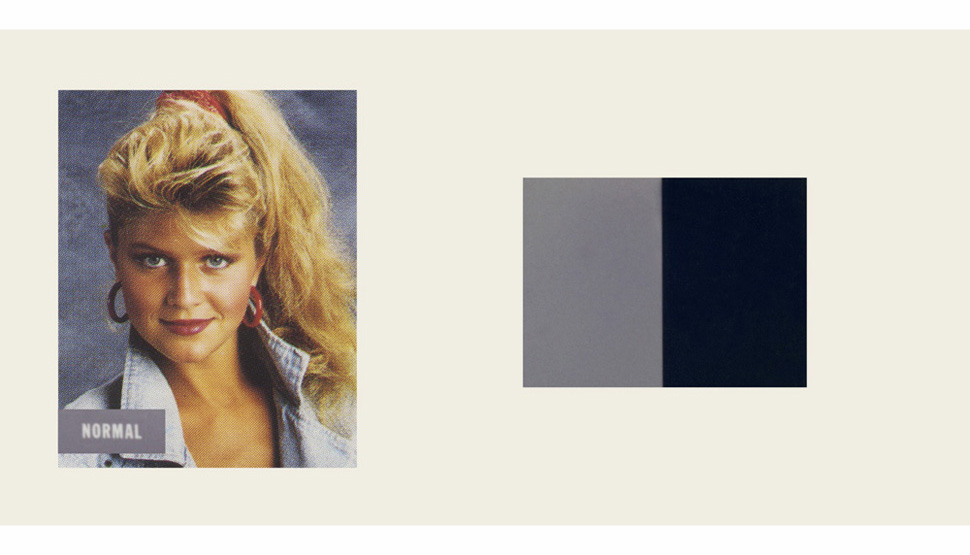To Photograph the Details of a Dark Horse in Low Light
April 29 – June 2, 2013
National Billboard campaign in Vancouver, Calgary, Saskatoon, Winnipeg, Toronto, Montreal & Dartmouth
Supported by Pattison Outdoor Advertising and Nikon Canada
May 11 – June 8, 2013
Gallery TPW
1256 Dundas Street West
Toronto
Presented in partnership with Scotiabank Contact Photography Festival
Adam Broomberg and Oliver Chanarin’s To Photograph the Details of a Dark Horse in Low Light presents a national billboard campaign that depicts glamorous Caucasian women in high-contrast dress posed in front of neutral grey backgrounds. Collectively known as “Shirleys,” the portraits are culled from an archive of Kodak “norm reference cards,” historically used to calibrate skin tone in a photograph. French director Jean-Luc Godard made Kodak’s apparent predilection for white skin famous by refusing to use Kodak film on assignment in Mozambique in 1975. Kodak film, he insisted, was “racist.” Responding primarily to the confectionary and furniture industries’ complaints that they could not properly render dark chocolate or dark wood, Kodak chemists developed an emulsion that more accurately depicted darker colours: Gold Max, the first popular consumer film to address this problem, was initially described by Kodak as able “to photograph the details of a dark horse in low light.”
Broomberg and Chanarin’s billboards bring Shirley out of history and into a sea of contemporary consumer imagery. The portraits are juxtaposed with a graphic play of tonal and colour scales, and overlaid with the label “normal.” The new images hijack the representational space of urban advertising to raise questions about the relationship between the social and the technical, and the possibility that politics is bound up with our material history.
Recently, Broomberg and Chanarin were invited to “document” the African country Gabon. Before the trip, they collected Kodak film stock that expired between the 1950s–70s: film that Godard would have called racist. Using the expired film they succeeded in producing just a single frame from the many colour rolls they exposed. This image will be on view at the Gallery TPW R&D project space.












